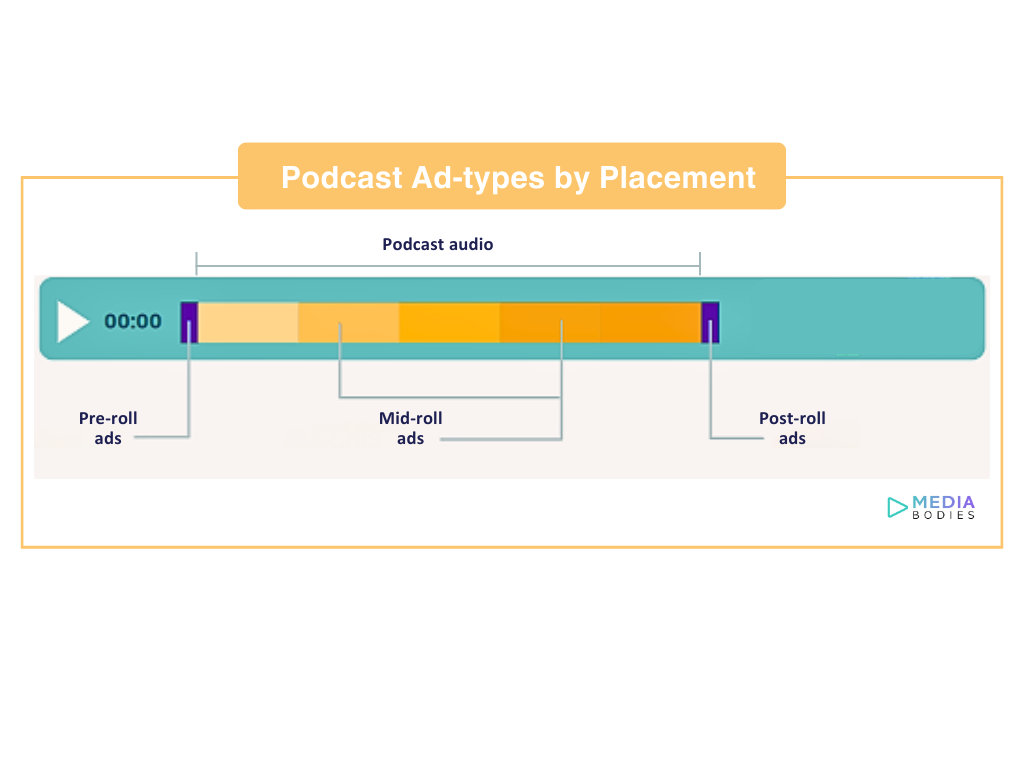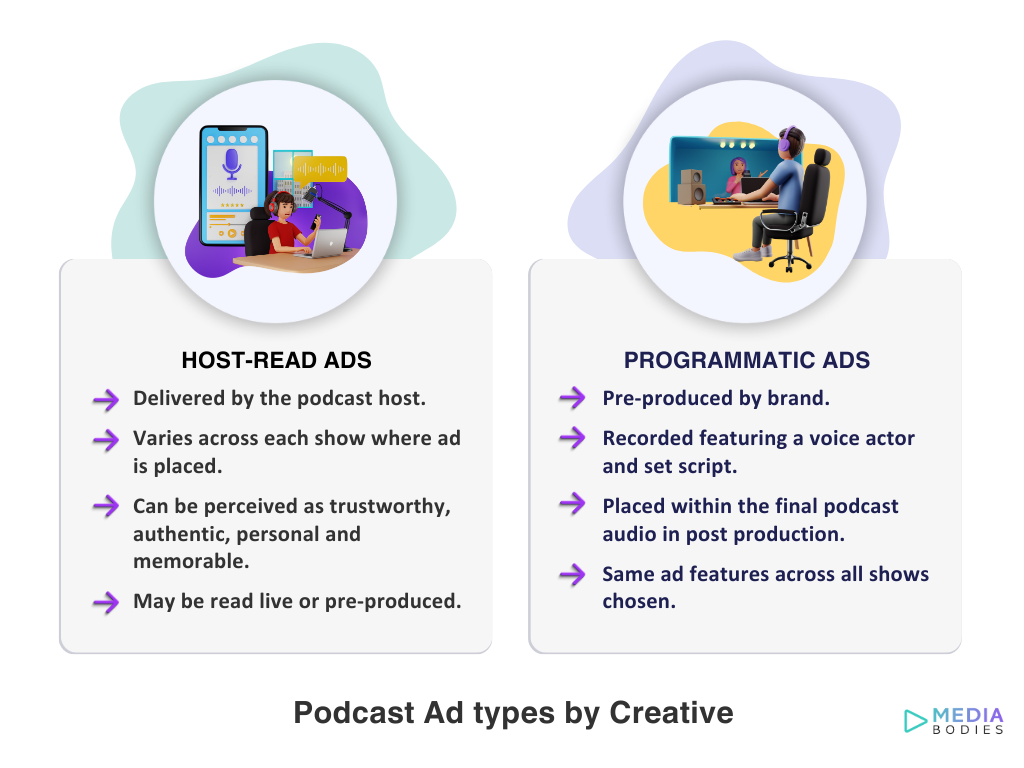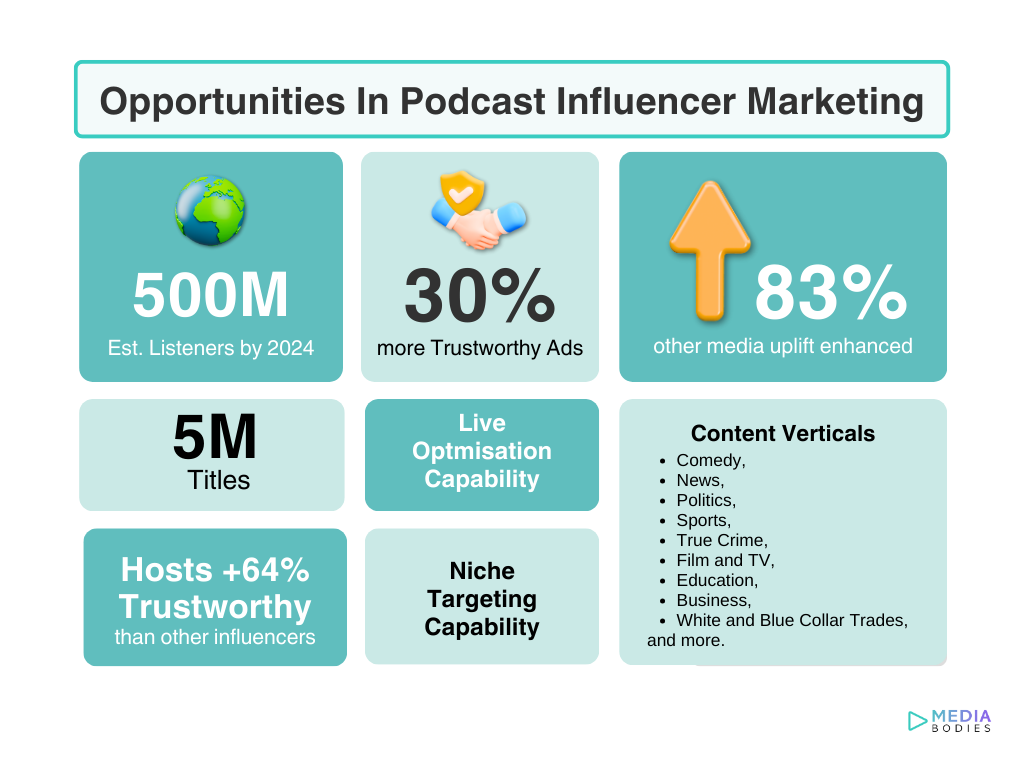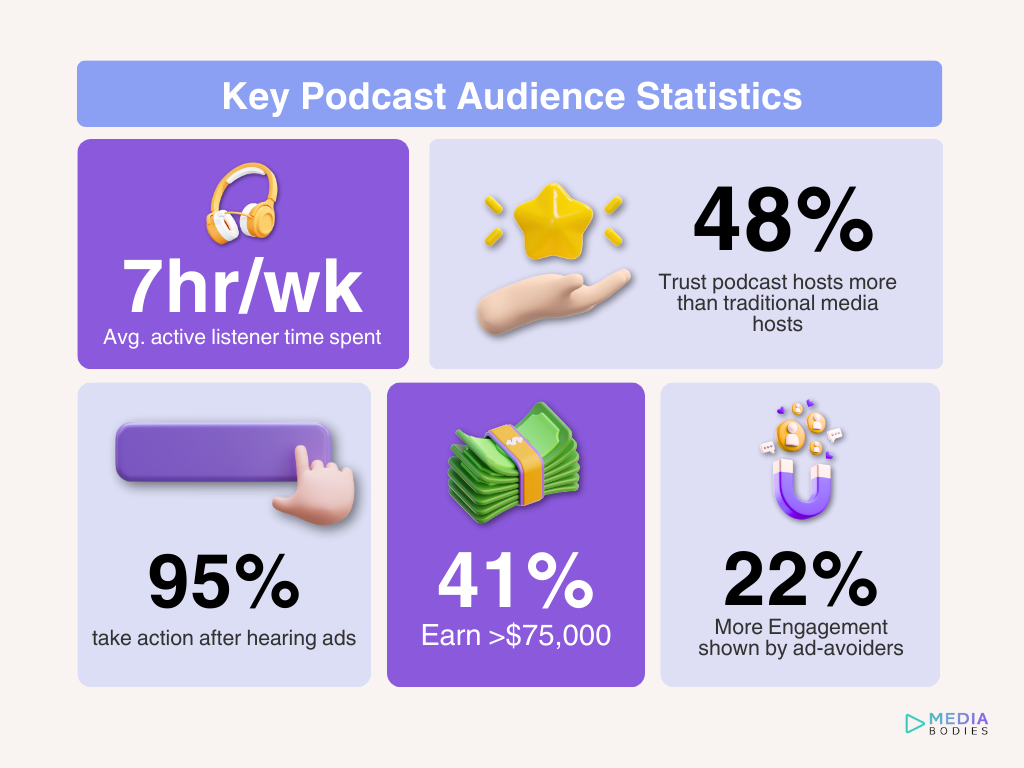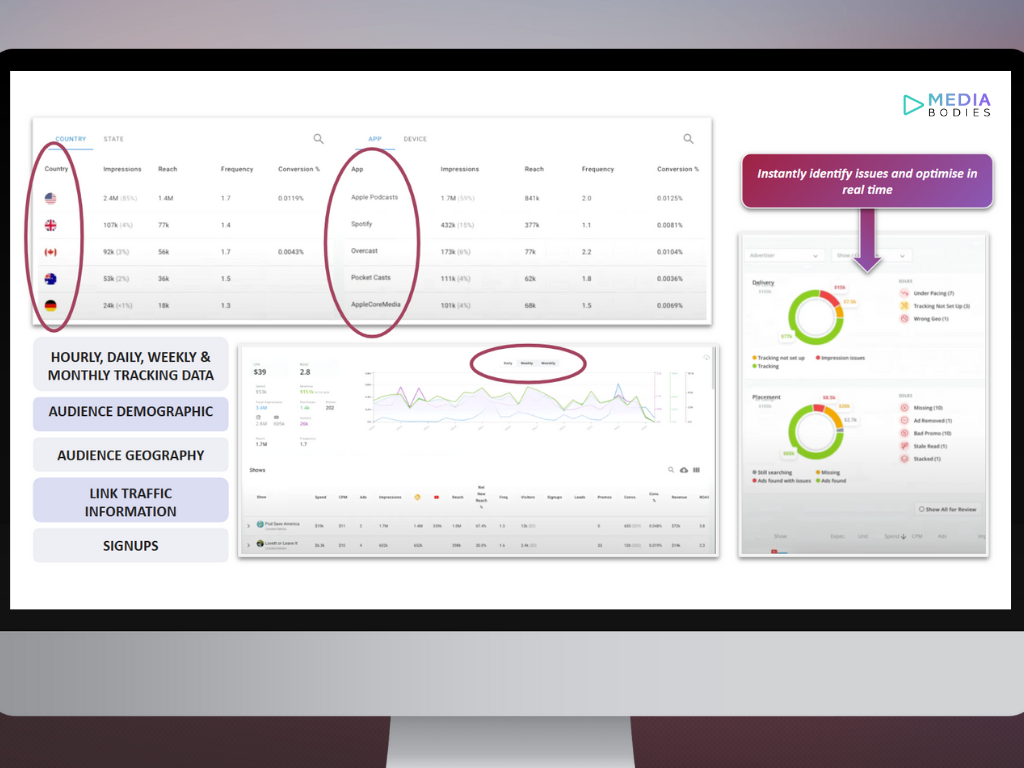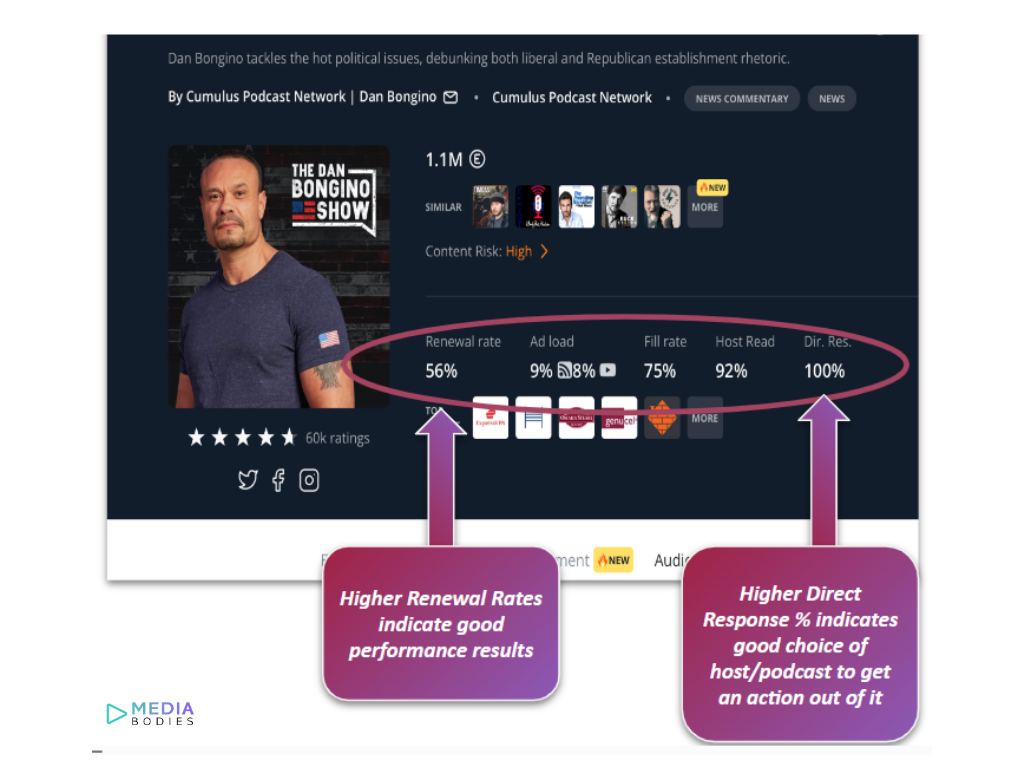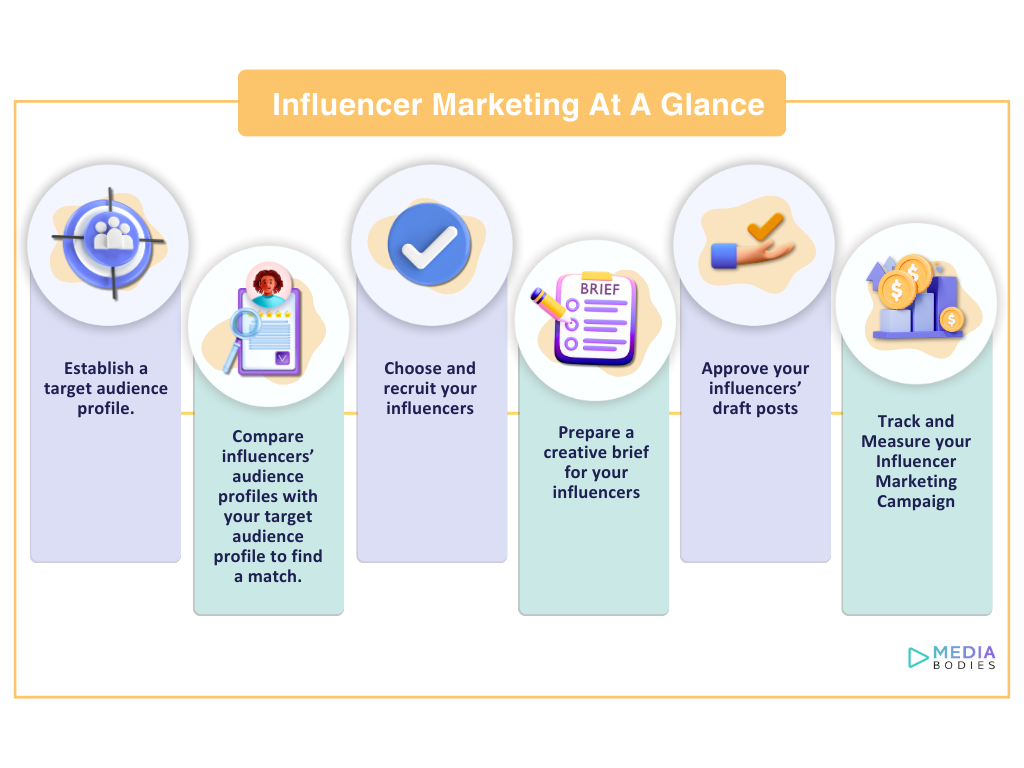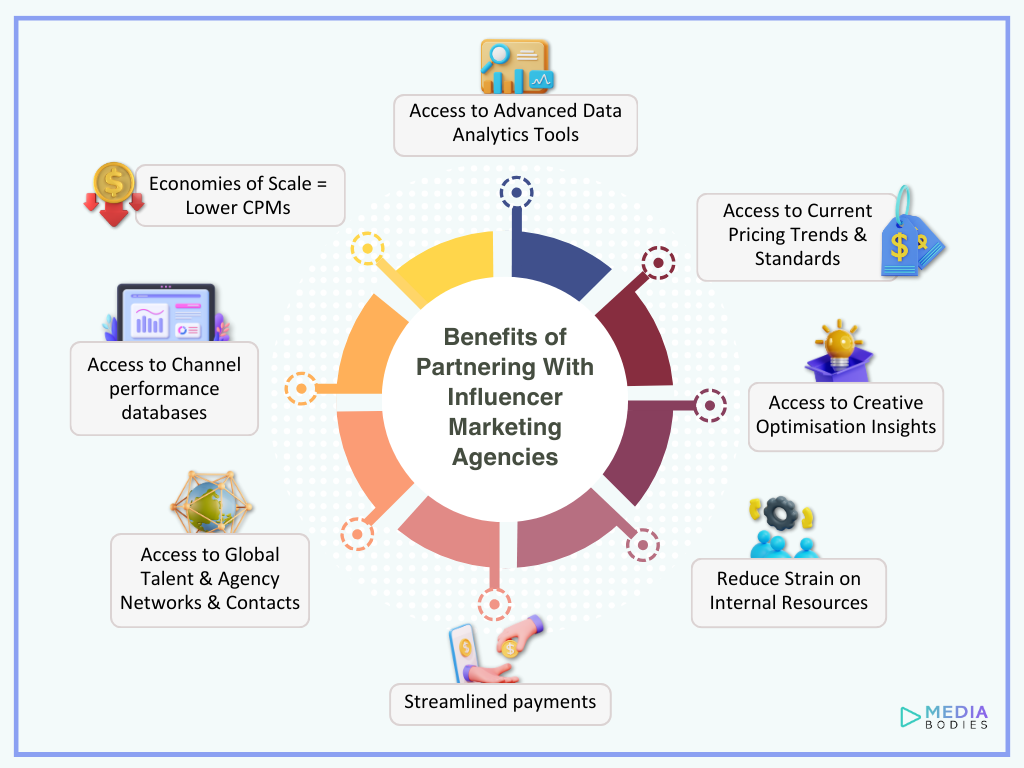
Imagine you’re scrolling through Instagram, and you see your favourite fitness influencer raving about a new protein shake. You’re intrigued, you trust their judgement, and next thing you know, you’re on the brand’s website, making a purchase. That’s the power of social media influencer marketing.
Social media influencer marketing involves brands collaborating with individuals who have significant influence over their followers on platforms like Instagram, YouTube, TikTok, and more.
This article will explore what social media influencer marketing is, why it’s important, and how brands can effectively leverage it.
For a comprehensive overview, check out our Essential Guide to Influencer Marketing.
The Basics of Influencer Marketing
Who Are Influencers?
Influencers are individuals who have built a dedicated following by sharing content in a specific niche. They can range from lifestyle bloggers and fitness gurus to tech experts and beauty vloggers. These influencers on social media platforms have a unique ability to connect with their audience on a personal level, making their endorsements highly impactful.
How It Works
Brands partner with influencers to promote their products through various types of content, such as sponsored posts, product reviews, and giveaways. This collaboration leverages the influencer’s credibility and reach to increase brand awareness and drive sales.
Discover the different Types of Influencers and their unique advantages.
Benefits of Influencer Marketing
Trust and Credibility
Influencers are often perceived as relatable and authentic, qualities that are essential for building customer trust and fostering a loyal following1. Their trustworthiness makes their recommendations highly credible, significantly influencing their audience’s purchasing decisions.
For instance, 28% of 16-24-year-olds who follow social media personalities report that these influencers have impacted their financial choices2. This highlights the profound effect influencers can have on consumer behaviour through their perceived authenticity and credibility
Reach and Engagement
Influencers can help brands reach new audiences and drive engagement.
88% of 16-24 year-old social media users follow or frequently view social media personalities, almost as many as follow or frequently view friends and family (89%)3.
Influencers create authentic content that resonates with their followers, which significantly boosts engagement and drives sales. Nearly 89% of marketers who use influencer marketing plan to increase or maintain their investment, underscoring its effectiveness in reaching and engaging target audiences4. This powerful combination of broad reach and deep engagement makes influencers invaluable in modern marketing strategies.

Content Creation
Influencers are pivotal in content creation, leveraging their unique perspectives and creativity to engage audiences effectively.
Influencers often create diverse and dynamic content across multiple platforms, utilising various media formats like videos, blogs, and social media posts to maintain engagement and relevance. This adaptability allows them to meet the demands of their audience while staying ahead of content trends.
Additionally, many influencers are increasingly using advanced tools, including artificial intelligence, to enhance their content creation process, enabling more personalised and impactful campaigns.5
Strategies for Effective Social Media Influencer Marketing
Identifying the Right Influencers
Finding the right influencers is crucial for successful influencer marketing campaigns. The alignment between the influencer’s content and the brand’s values is more important than mere follower counts. Influencers whose audience aligns well with the brand’s target demographic can drive more effective engagement and conversions.
Additionally, authentic influencers who genuinely use and support the products they endorse are more likely to have a dedicated and trusting audience, enhancing the credibility and impact of their promotions. It’s also essential to consider the influencer’s engagement rates, the quality of their content, and their reliability to ensure a seamless collaboration.
Find out how to find the right influencers here.
Building Relationships
Building strong relationships with influencers is crucial for brands aiming to leverage influencer marketing effectively.
Brands should start by thoroughly researching and identifying influencers whose values and audience align with their own. Personalised outreach and genuine engagement with the influencer’s content are key to initiating a meaningful connection.

Types of Campaigns
Social media influencer marketing campaigns come in various forms, each tailored to specific objectives and audiences.
One popular type is product reviews, where influencers give detailed feedback on products, enhancing brand credibility through their trusted opinions.
Another effective approach is unboxings and tutorials, particularly on platforms like YouTube and Instagram, where influencers showcase and demonstrate how to use a product, engaging viewers with visual content.
Giveaways and contests are also prevalent, as they incentivise follower engagement and expand reach by requiring participants to share or comment, thereby increasing visibility.
Additionally, hashtag challenges on TikTok encourage user-generated content, fostering community involvement and organic promotion of the brand.
Each campaign type leverages the unique strengths of influencers to build brand awareness, trust, and engagement across various platforms
Measurement and Analytics
Tracking the effectiveness of social media influencer marketing requires a focus on key metrics and analytics to measure success accurately.
Important metrics include reach and impressions, which indicate the number of people exposed to the influencer’s content, and engagement rates, which reflect how actively the audience interacts with the content through likes, comments, and shares. Conversion rates, measured by the number of users completing a desired action (like making a purchase) divided by the total clicks, are crucial for understanding how well the influencer’s audience responds to calls-to-action.
Best Platforms for Social Media Influencer Marketing
Known for its visual content and high engagement rates, Instagram is ideal for lifestyle, fashion, and beauty brands.
An example of Instagram Influencer Marketing Campaign is the one conducted by Media Bodies for Emma Mattress.
The popular influencer Molly Mae played a pivotal role in promoting Emma Mattress through her authentic and engaging content that significantly boosted brand visibility and consumer interest.
This strategic partnership, part of a broader campaign involving over 25 influencers across various markets, has been instrumental in scaling Emma Mattress’s influencer marketing efforts in regions like Spain, Italy, and the UK. The collaboration highlights the impact of targeted influencer marketing in driving brand growth and consumer engagement. For more details, you can read the full case study here.
YouTube
Perfect for long-form content and detailed product reviews. Influencers on YouTube can create in-depth tutorials, unboxings, and vlogs.
Media Bodies’ YouTube campaign for Top Troops, executed in collaboration with MrBeast, focused on leveraging his massive influence to drive both brand awareness and performance results, particularly installs for the mobile RPG game.
The campaign utilised MrBeast’s global appeal and high engagement rates, integrating custom assets and challenges to create a deeper, more authentic partnership.
This approach resulted in over 48 million views within 24 hours and secured the #2 spot on trending, showcasing the effectiveness of using a mega-influencer for worldwide impact.
For more details, visit the case study here.
Learn how to leverage YouTube with our YouTube Influencer Marketing 101: A Comprehensive Guide.
TikTok
Rapidly growing with a younger audience, TikTok is great for viral marketing and short, engaging videos.
The TikTok campaign for Air Up, managed by Media Bodies, involved leveraging performance influencer marketing to engage a broad audience. It involved over 90 influencers across multiple verticals to create high-quality, seamless content that resonated with their target demographic. The strategy focused on maximising reach and engagement through creative and authentic integrations on the platform.
For more details, you can visit the case study here.
Offers a diverse user base and is excellent for reaching a wide audience through various content formats.
X (Twitter)
Ideal for real-time engagement and updates, especially for tech and news-related content.
Best for B2B influencer marketing, where industry experts and professionals can promote products and services.
Twitch
Popular for gaming and live streaming, Twitch allows influencers to engage with their audience in real-time.
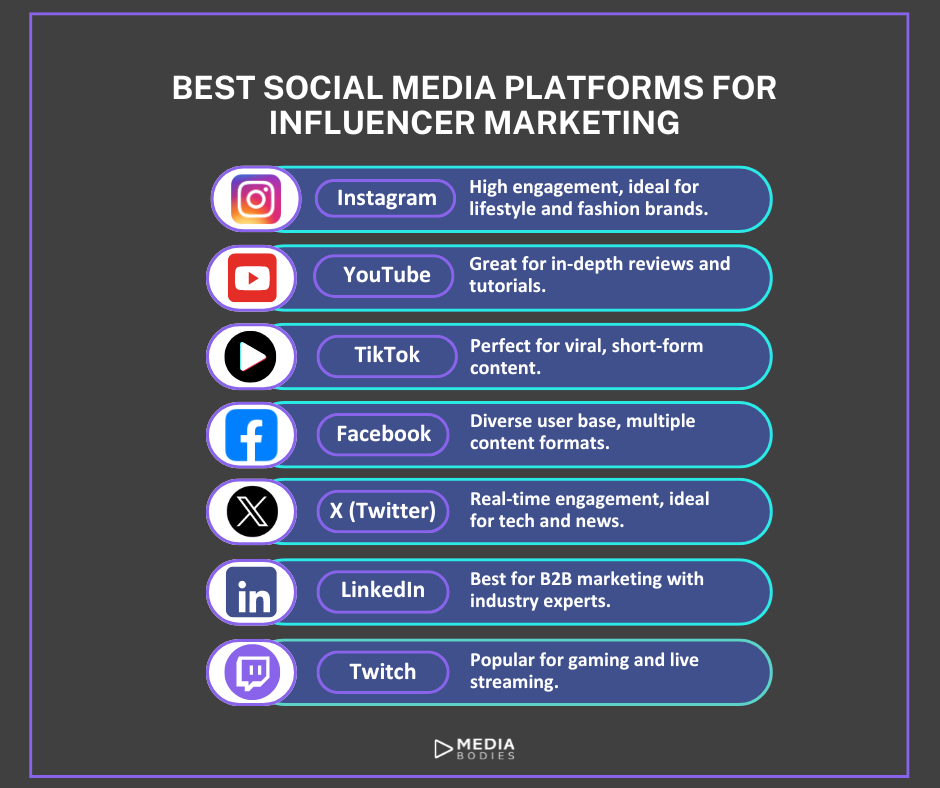
Challenges in Influencer Marketing
Cost and ROI
In social media influencer marketing, balancing cost and ROI presents significant challenges. Influencers often command high fees, straining marketing budgets. Measuring ROI is also complex due to the indirect impacts on brand visibility, engagement, and sales.
Effective campaigns require careful influencer selection, transparent performance metrics, and ongoing optimisation to ensure meaningful returns on investment.
Fakeness Perception Risk
Ensuring influencer authenticity is crucial. Influencers perceived as fake on social media have low credibility and reflect badly on the brand they represent.
Partnering with influencers implies a reputational risk that is amplified by the possibility of easily communicating issues offered by social media.
It is important to create integrations that feel authentic, as they will be more effective.
Compliance
Compliance in social media influencer marketing poses significant challenges, primarily due to the evolving regulatory landscape and varying guidelines across platforms.
Influencers and brands must adhere to advertising standards, such as disclosing sponsored content to avoid misleading consumers. Failure to comply can lead to legal repercussions and damage to brand reputation.
Ensuring transparency and proper disclosure is essential but often difficult to monitor and enforce consistently.

How can an Influencer Marketing Agency Help You with Social Media Influencer Marketing
Collaborating with an Influencer Marketing Agency for your Social Media Influencer campaign can help you make the most of it and obtain a high ROI.
Influencer Marketing Agencies assist you in optimising every step of the campaign.
From finding the right Influencers and securing a contract with favourable conditions to monitoring the campaign, improving performance and measuring ROI.
Visit our case studies page to know more about how Media Bodies supports the implementation of Social Media Influencer campaigns.
Future Trends
New Platforms
Influencer Marketing is gaining traction on some emerging social media platforms.
Podcasts
The podcast campaign for “June’s Journey,” by Media Bodies, targeted females aged 35 and above, aiming to generate scalable user acquisition and a strong ROI for Wooga.
By partnering with over 190 influencers and multiple podcast shows, the campaign leveraged performance metrics and strategic marketing across both YouTube and podcast platforms.
This approach resulted in a consistent month-on-month increase in user engagement and acquisition, solidifying the campaign’s success and its role in expanding the game’s user base.
For more details, visit the case study here.
Threads by Meta
Threads, launched by Meta in 2023, is designed to be a more intimate social networking experience, focusing on real-time updates and interactions. It has been growing steadily, especially among younger demographics. With 56% of Threads users following or frequently viewing posts from social media personalities, it’s clear that the platform has a strong creator element similar to Instagram.
Bluesky
Bluesky is a decentralised social media platform that aims to provide a more user-controlled experience, reminiscent of early Twitter. It’s starting to gain attention, particularly for its potential to attract users nostalgic for the old Twitter experience. The platform’s growth and user engagement indicate a fertile ground for influencer marketing, especially if it manages to attract high-profile users and celebrities.
Technology
AI is acquiring an important role in social media influencer marketing. 40% of people who follow social media personalities are interested in following an AI-generated personality.
Brands experimentation with virtual influencers has reached a peak with the development of generative AI, simplifying creation and interaction.
However, real influencers are still more relatable and authentic. Showing human flaws and struggles should be therefore used as competitive advantages
Consumer Behaviour
How changing consumer preferences are influencing trends in influencer marketing.
Mintel’s report provides a forecast of consumers’ attitudes towards social media influencer marketing in the next few years. In the next 2 years perceptions of social media personalities will improve. Moreover, more creativity tools and monetisation options will be available.
Between 2027-28 more evolved AI influencers will gain popularity, without undermining real influencers’ value.
Conclusion
In conclusion, social media influencer marketing has become a pivotal component of modern marketing strategies, leveraging the unique trust and engagement influencers hold with their audiences. By collaborating with individuals who have a significant social media presence, brands can enhance their reach, build credibility, and drive sales more effectively. As platforms evolve and new technologies like AI emerge, the landscape of influencer marketing continues to grow and adapt, offering even more opportunities for brands to connect with consumers in meaningful ways. To fully harness the power of influencer marketing, it’s essential for brands to choose the right influencers, foster genuine relationships, and continuously measure the success of their campaigns.
Get in touch today to start your Social Media Influencer Marketing Campaign!
What is social media influencer marketing?
Social media influencer marketing involves brands partnering with individuals who have a significant following on social media platforms to promote their products or services. Influencers share content related to the brand, leveraging their credibility and reach to engage their audience and drive sales.
Why is influencer marketing important?
Influencer marketing is important because it allows brands to tap into the trust and loyalty that influencers have built with their followers. This form of marketing can significantly increase brand awareness, engagement, and sales by reaching targeted audiences in an authentic and relatable way.
How to choose the right influencers?
Choosing the right influencers involves looking beyond follower counts. Brands should consider the alignment between the influencer’s content and the brand’s values, the influencer’s engagement rates, the quality of their content, and their reliability. It’s also crucial to ensure that the influencer’s audience matches the brand’s target demographic.
What types of campaigns can be run with influencers?
Brands can run various types of campaigns with influencers, including sponsored posts, product reviews, unboxings, tutorials, giveaways, contests, and hashtag challenges. Each campaign type leverages the unique strengths of influencers to build brand awareness, trust, and engagement.
How to measure the success of influencer marketing campaigns?
Success can be measured using key metrics such as reach, impressions, engagement rates (likes, comments, shares), and conversion rates. These metrics help brands understand how effectively the influencer’s content is performing and its impact on the audience.
What platforms are best for social media influencer marketing?
Different platforms serve different purposes:
- Instagram: Ideal for visual content and high engagement rates.
- YouTube: Great for long-form content and detailed product reviews.
- TikTok: Excellent for viral marketing and short, engaging videos.
- Facebook: Offers a diverse user base for wide-reaching campaigns.
- Twitter (X): Suitable for real-time engagement and updates.
- LinkedIn: Best for B2B influencer marketing.
- Twitch: Popular for gaming and live streaming.
What are some challenges in influencer marketing?
Challenges include balancing cost and ROI, ensuring influencer authenticity to avoid the perception of fakeness, and complying with advertising regulations. Additionally, it can be difficult to monitor and enforce transparency and proper disclosure consistently.
How can an influencer marketing agency help?
An influencer marketing agency can assist brands by optimizing every step of the campaign, from finding the right influencers and securing contracts to monitoring performance and measuring ROI. Agencies offer expertise and resources that help brands maximize the effectiveness of their influencer marketing efforts.
What are future trends in social media influencer marketing?
Future trends include the rise of influencer marketing on emerging platforms like Threads and Bluesky, increased use of AI and virtual influencers, and changing consumer preferences that demand more authenticity and creativity from influencers. AI tools will enhance content creation, but real influencers will continue to hold value due to their relatability and authenticity.
- https://impact.com/research-reports/the-state-of-influencer-marketing-2023-infl-rrt-imp-ed-nam-0623/ ↩︎
- https://clients-mintel-com.manchester.idm.oclc.org/report/social-media-content-creators-uk-2024 ↩︎
- https://clients-mintel-com.manchester.idm.oclc.org/report/social-media-content-creators-uk-2024 ↩︎
- https://blog.hubspot.com/marketing/influencer-marketing-stats ↩︎
- https://socialpubli.com/blog/ai-study-influencer-marketing/ ↩︎

